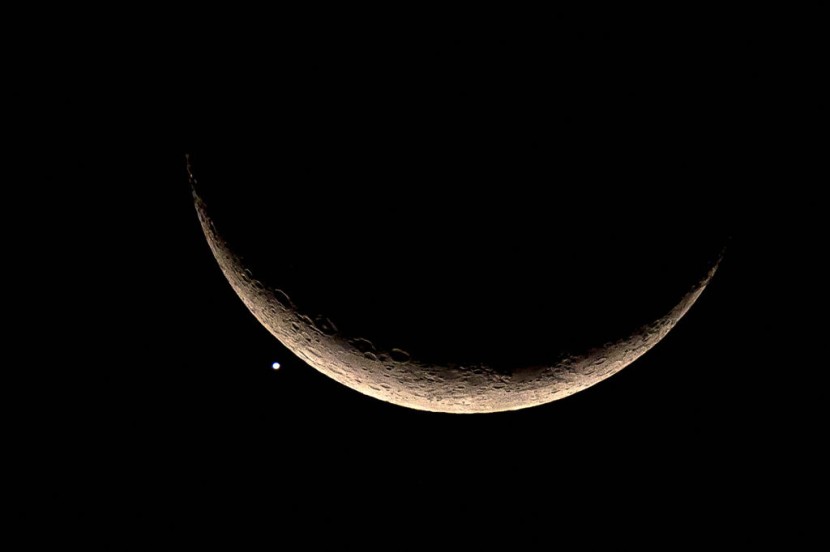A new study suggests that Venus, the second planet from the Sun in our solar system, may have had Earth-like plate tectonics that could have made the planet more hospitable to life billions of years ago.
The finding comes as the Venus of the modern day is nothing like our planet as it sports temperatures that hover around 860 degrees Fahrenheit day and night. It also has clouds of sulfuric acid that float in its atmosphere.
Venus' Potential Plate Tectonics

The study that was published on Thursday in the journal Nature Astronomy suggests that during Venus' early stages, it may have possessed plate tectonics. This is the continual reshaping of pieces of the planet's outer crust.
In a statement, a planetary scientist at the Lunar and Planetary Institute in Houston who led the research, Matthew B. Weller, said that one of the takeaways of the new study is that both planets very likely had plate tectonics. He added that these would have operated roughly at the same period of time, as per the New York Times.
If the conclusion of the new study is determined to be factual, it would suggest that Venus may have been much more similar to our planet in other ways. The geochemical reactions of plate tectonics may have buried much of the carbon dioxide that currently makes the planet's conditions so hellish in modern times.
The development also adds fuel to the idea that a few billion years ago, Venus may have been a planet where life may have thrived. Weller said that this was a very likely scenario, adding that the study suggests that the planet would have been cooler and contained more liquid water.
Weller and his colleagues at Brown University and Purdue University did not observe any San Andreas fault-like fractures or other signs of plate tectonics. Instead, they looked at the air, particularly nitrogen.
Plate tectonics was responsible for forming new continents and mountains on Earth and led to chemical reactions that stabilized our planet's surface temperature. The difference in result between the two planets is believed to have been due to Venus' "stagnant lid," according to Phys.org.
Potential to Hold Life
This meant that Venus only had a single plate with minimal amounts of give, movement, and gases being released into its atmosphere. The new study placed the plate tectonics on Venus somewhere between 4.5 billion to 3.5 billion years ago.
Additionally, the paper suggests that this early tectonic movement, like on our planet, would have been limited in terms of the number of plates moving in and how much they shifted. The findings support the idea that there could have been microbial life on Venus at one point in time.
The newly proposed concept could be important to consider as scientists continue to look to understand nearby moons. These include Jupiter's Europa, which has shown signs of having Earth-like plate tectonics.
The study's researchers initially started efforts to show that the atmospheres of far-off exoplanets can be powerful markers of their early histories. A co-author of the study, Alexander Evans, said that they are still in this paradigm where they use the surfaces of planets to understand their history, said Eurasia Review.
© 2025 HNGN, All rights reserved. Do not reproduce without permission.








